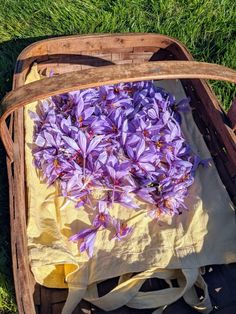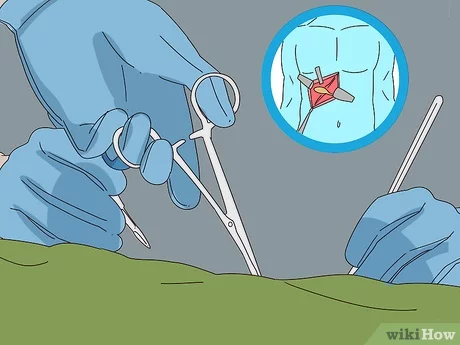How to Grow Saffron: 13 Steps

Saffron, the world’s most expensive spice, is derived from the stigmas of the Crocus sativus flower. Growing saffron at home can be a rewarding experience, and with some care, dedication, and the right conditions, you too can cultivate this precious spice. Follow these 13 steps to successfully grow saffron in your garden.
1. Choose the right location: Saffron thrives in well-draining soil and full sunlight. Choose a location that receives at least 6-8 hours of direct sunlight per day and has loose, well-draining soil.
2. Prepare the soil: Till the soil to a depth of 12 inches. Mix in well-aged compost or organic matter to enrich the soil and improve drainage.
3. Purchase high-quality saffron corms: Buy healthy, large corms from a reputable supplier to ensure strong growth and a good harvest.
4. Plant the corms: Plant saffron corms in late summer or early fall, about 3-4 inches deep, with pointed tips facing up. Space them approximately 6 inches apart to allow for adequate growth.
5. Water immediately after planting: Give your newly planted corms a thorough watering to help them settle in.
6. Mulch the area: Apply a layer of mulch around the planting area to conserve moisture and prevent weed growth.
7. Water sparingly during growth: Saffron requires minimal watering during its growing season. Keep the soil consistently moist but avoid over-watering, which can lead to rot or fungal diseases.
8. Protect from pests: Keep an eye out for common garden pests like rodents or birds that may be attracted to your saffron plants. Use humane deterrents as necessary to protect your crop.
9. Harvesting saffron: Saffron is ready to harvest when the flowers bloom, revealing the characteristic red stigmas. Use a small pair of scissors to carefully snip off the stigmas, taking care not to damage the rest of the flower.
10. Drying saffron: Lay the harvested stigmas on a paper towel or clean cloth in a warm, dry location away from direct sunlight. Allow them to dry for several days, turning occasionally for even drying.
11. Storing saffron: Once completely dry, transfer your saffron to an airtight container and store it in a cool, dark place for up to several years.
12. Allow plants to go dormant: After harvesting, allow your saffron plants to go dormant during winter. The leaves will die back and you should reduce watering during this time.
13. Divide and replant corms every 3-4 years: Saffron corms multiply underground over time. To maintain good health and productivity, dig up and divide your corms every 3-4 years, replanting the healthiest and largest ones.
Growing saffron is not only a fascinating hobby but also an opportunity to enjoy this exquisite spice fresh from your garden. With careful planning and attention, you can successfully cultivate saffron at home following these 13 steps.






